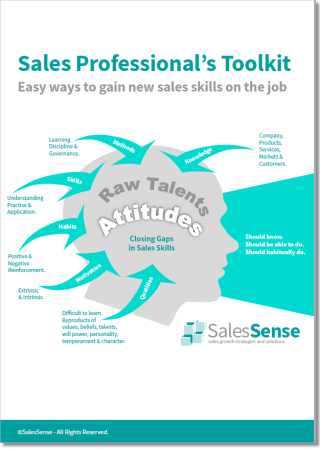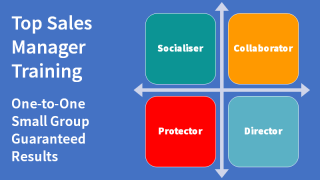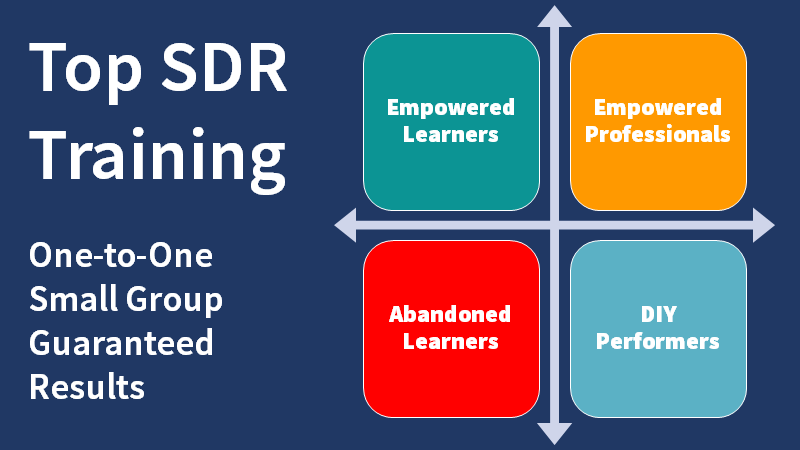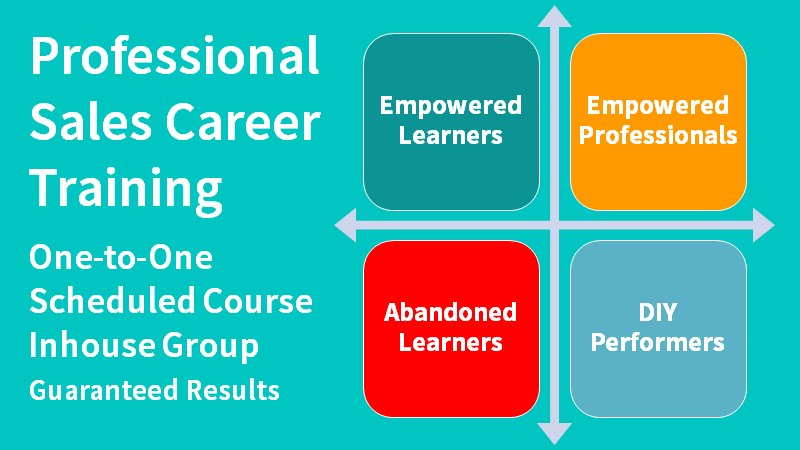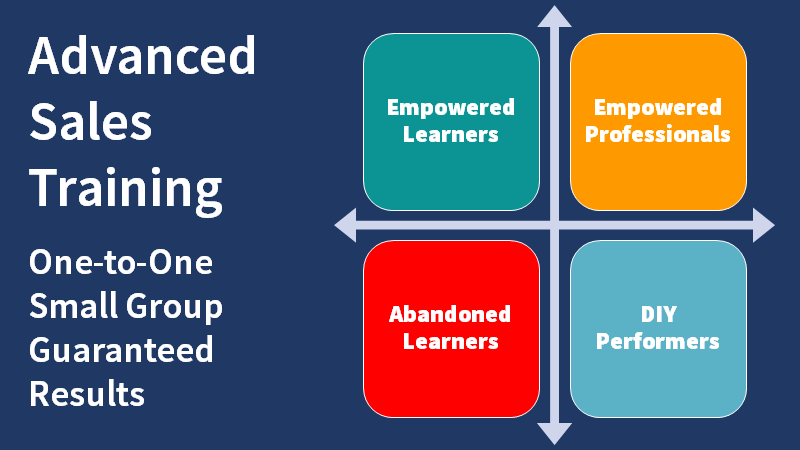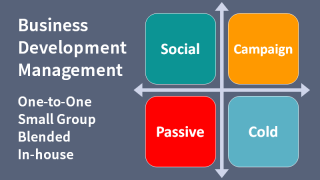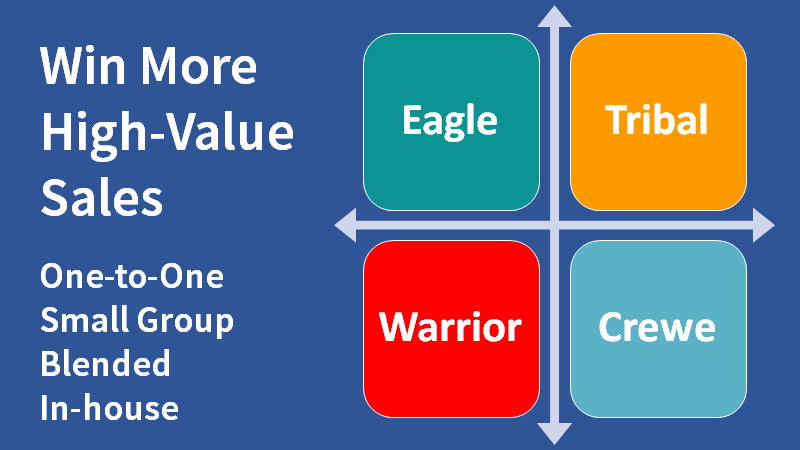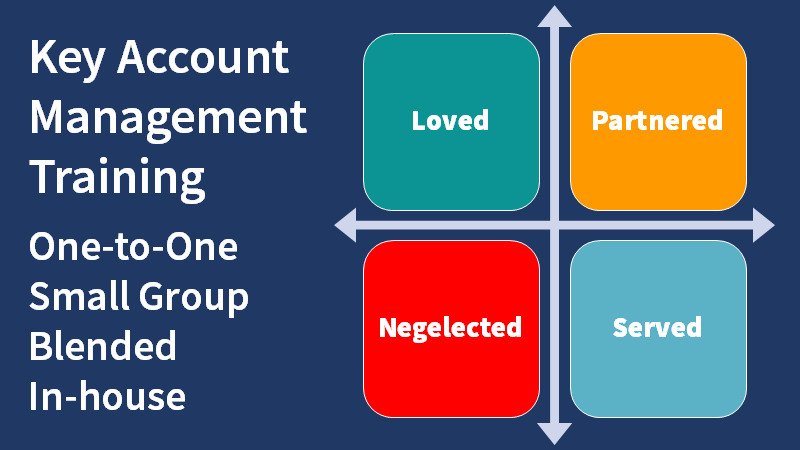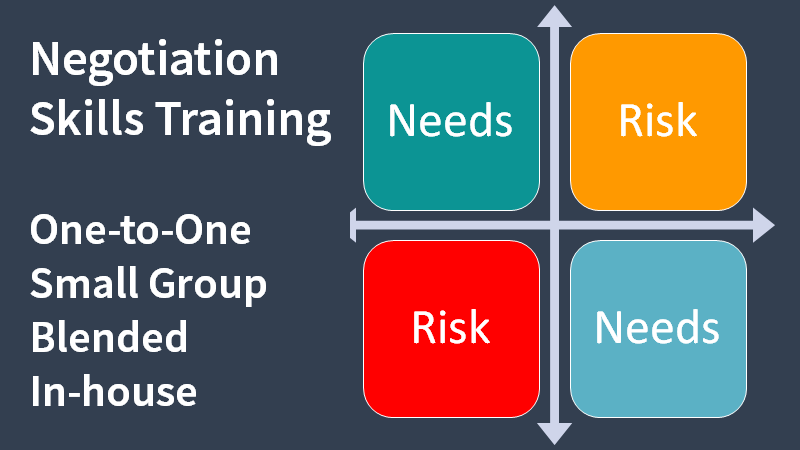Improving business letter and proposal writing skills.

Those with good email, sales letter, and proposal writing skills are able to set their offerings apart from competitors, regardless of their relative merit. Learning to improve business writing skills is worth the time investment it takes.
Effective use of the written word is an important sales skill. Without the ability to impress and sway through writing, the number of contacts a salesperson can remain in touch with dwindles to those whom they can regularly speak with.
Properly prepared, emails or sales letters are an efficient, low-cost, and immediately available method for approaching new prospects. However, if a campaign is slipshod and careless then it can have the opposite effect.
Those who don't know you will judge you by what you write. A poorly written letter or email will generate more talk than a good one. Infamy is not an easy route to success.
According to hearsay, a good email campaign should result in a 2% response rate. This is complete bunkum. Any marketing person will tell you that achieving 2% from a direct marketing campaign warrants jubilations and celebration.
Some sales letters and emails do generate a high response. Sometimes as much as five or ten percent. The vast majority struggle to inspire more than one in a thousand to reply.
The big question that individuals, companies, and the media industry invest huge energy in answering is, what makes the difference?
For marketers, learning what works is a never-ending quest because everything that works now, sooner or later stops working.
There is no need for despair. Salespeople can achieve worthwhile success by following a few simple business writing rules and avoiding the worst mistakes.
Mailing Lists
Let's get back to basics. If you mail starving people an invitation to a free scoff, you will get a good response.
Everybody hates junk mail. You probably have a personal loathing of the nameless hordes that send you parts of dead trees or fill your inbox with SPAM every day.
I sometimes wonder about the fiscal cost of the paper merry-go-round. Someone pays to send out the paper. Someone pays to dispose of it. Recycled bits of it are given back to the paper suppliers who merrily resell it to the same customers for another cycle. Unwanted email consumes storage and energy.
Yet when we happen to receive an offer or sales letter that interests us, we are perfectly pleased to have got it!
Direct marketing consultants will tell you to spend your resources on the headline. This is sound advice, however; if you don't first make sure that you have an accurate and appropriate list, you will be wasting your time and money.
Instead, why not believe the marketing claptrap about lists being clean? Some list brokers do clean their lists every six months or so. Despite their efforts, what you get can be very inaccurate.
One survey that we conducted, based on our own email communications with customers, indicated that email lists become out of date at the rate of 4% a month. If this is representative of an un-refreshed mailing list, it may become virtually useless in less than a year.
Trade magazines will sell you the use of their lists. If you receive any free subscriptions, you may have noticed that some publishers are constantly re-validating the accuracy of their information and checking the interest of subscribers. Lists of paying subscribers may yield better results.
Trade show lists seem like a good idea. At least those who attend an exhibition or conference have expressed a definite interest in the declared focus of the event. Attend the exhibitions whose list you are interested in and assess the value of them by observing the attendees.
There are two important issues to consider before mailing a list.
First, will the intended recipients see the message?
Consider having a sample of the list, cleaned by telesales professionals or people in your own organisation. This will tell you whether or not you need to clean the whole list.
Second, will the recipients be interested and able to take advantage of your offer or information?
If you can run a test mailing on a small but representative section of the list, it will tell you all you need to know.
If the idea of cleaning a list and using precious time to test it seems expensive, consider the cost of sending out your messages and getting disappointing results, or none at all.
Apart from the waste of time and money, you may have damaged your standing with subordinates, peers, and seniors.
Test small. If the test works, you can go ahead with confidence.
Email, Business Letter, and Proposal Writing Skills
It all depends on the headline. If you don't get the reader's attention to begin with, it doesn't matter if the rest of the copy is brilliant.
The only purpose of the headline is to get the reader to read the first sentence. The only purpose of the first sentence is to get the reader to read the second sentence and so on.
Eight seconds is the time it takes to read 25 words and, on average, eight seconds is all the time you have to get the attention of senior executives. Test yourself when you are busy to check the truth of this statement.
Next time you open the post or read an email when you are under time pressure, try to get a sense of the average length of time that you give to each marketing-orientated communication. Better still, measure it.
The less the person whose attention you seek has to do, the easier it is to get their attention. If you have nothing to do, the arrival of the post might be the high point of your day. Unfortunately, decision-makers always seem to have more than enough to do.
Spend 70% of your available copywriting time on the attention grabber. It might be worth hiring a professional to do it. His or her fees are an investment rather than a cost.
Read what you have written aloud. Do your words reach out and grab you by the throat? If they create a buzz of excitement, and compel you to read on, assume you have been completely blinded by your own ego.
Use the 'stranger' test.
It is much more reliable than the 'friend' test.
Put your headline in front of an appropriate stranger and gauge their reaction. It is much harder to find an appropriate stranger than an appropriate friend or peer, but well worth the effort. Why not do both?
If your headline fails to inspire the testers and cause them to read on, ditch it and start again.
Leave out all trumpet blasts and chest banging. Don't even mention your company name or the name of your product or service. It is a waste of precious words and will make whatever you write, read like a sales pitch.
The best headlines focus attention on issues and problems that are important to the reader. Describe the issues and related benefits of a solution in less than 25 words.
Put headlines in bold type, at a larger font size. Make it easy for readers to see what the letter or proposal is about. If a headline sparks interest, the next most likely step is for a reader to assess the message's credibility. It is natural to consider who sent the message and why.
The ethos of it, as Aristotle described it.
Often, readers skip the copy and look to see who sent the message. A perfect opening would also have the reader searching for instructions on what to do next.
It is because of these reasons that a 'PS' is so effective. Your 'PS' can tell the reader about the next step. Right above the 'PS' is your signature. This is a good place to put your name, company name, telephone number, and email address.
Use the body of the letter to expand on the benefits of your proposition.
Contrary to traditional thinking, business writing that uses dynamic language is more effective. It uses fewer words, is easier to read, and conveys pace, even excitement. Use the active rather than passive voice and avoid using uncommon words or jargon.
Using words such as 'you' and 'your', focuses attention on your issues, challenges and opportunities. Too much use of 'I', 'we', and 'our' diminishes interest.
Sales letters are read for profit, not for pleasure so keep sentences brief and to the point.
People who don't know you will judge you by what you write. This sentence is worth repeating.
Few can reliably proofread their own work. Engage the help of one or more colleagues with an eye for detail. You might forgive the odd typing mistake, grammatical error, or misspelling. Others won't.
Writing an article on this topic almost always provokes a corrective response from someone who has a keener eye for mistakes than my proofreader and a better understanding of English grammar than I do.
You may have heard the old saying, "Sales letters can't be too long".
In my opinion, you should take into account who you are sending it to. No doubt, some like to while away the minutes, revelling in the craft of a clever copywriter. I believe that business decision-makers will thank you for getting to the point. Keep letters to one side of A4, or two at the most.
For sales proposals, less is more. Proposal readers won't thank you for 'thump value'.
Letter and proposal writing skills aren't everyone's forte. If your skills aren't up to the task and you don't have colleagues who you can call on, use a professional and put the expense down as a cost of sale.
Response Mechanisms
How many times have you thrown up your hands in exasperation because an email, sales letter, or proposal fails to provide an easy way to say, yes?
Or worse, imagine the disappointment when a response gets no response!
The headline was fantastic. Almost instantly, as your eyes scan the paper, you know that this is exactly what you need right now. Your eyes leap all over the paper to find the contact response instructions. You find them and take immediate action and . . . The days stretch into weeks and nothing happens.
There is no callback, no promised information, not even an acknowledgement of your interest. With utter disgust, you hit DELETE or consign the paper to the bin.
Of course, this won't happen to any of your readers, will it?
Use a response tracking method to make sure that you know who responded.
If you don't measure response, you will have no way to assess effectiveness and no guidance for future improvement. Temporary 0800 numbers are inexpensive and national rate numbers cost almost nothing. You can set up a unique response number or email address for different sales letters or messages. If this isn't appropriate, add a unique reference so that you can identify how an enquirer found you.
Use a fictitious name. It makes people feel more confident when they have a person to ask for. Then the name asked for reveals the source of the enquiry.
Special links, unique email addresses, and dedicated landing pages aid tracking and encourage response.
This is more important than you think.
We have had enquiries that resulted from campaigns up to eleven months old. I can think of a response that I made over a year after receiving a mailing.
Sometimes the message is right but the time is wrong. Then people often hang onto the information to use it later.
Nothing impresses like the speed of response. It tells the customer that you are interested in their business and prepared to put yourself out for it. Technology makes it possible to respond in minutes.
These days, anything more than one business day is rude. It communicates the idea that you don't care about your marketing, the enquirer, or their custom.
Success lies in planning and preparation. It has been said in so many different ways and will be said in many more. It's the actions, your actions that will make the difference.
Here is an anonymous quote that rings my bell, "The most practical, beautiful philosophy in the world won't work if you don't.
Article by Clive Miller
If you need to improve business letter or sales proposal writing skills, we can help. Telephone +44 (0)1392 851500. We will be pleased to discuss your needs or talk through some options. Alternatively, send an email to custserv@salessense.co.uk for a prompt reply or use the contact form here.


